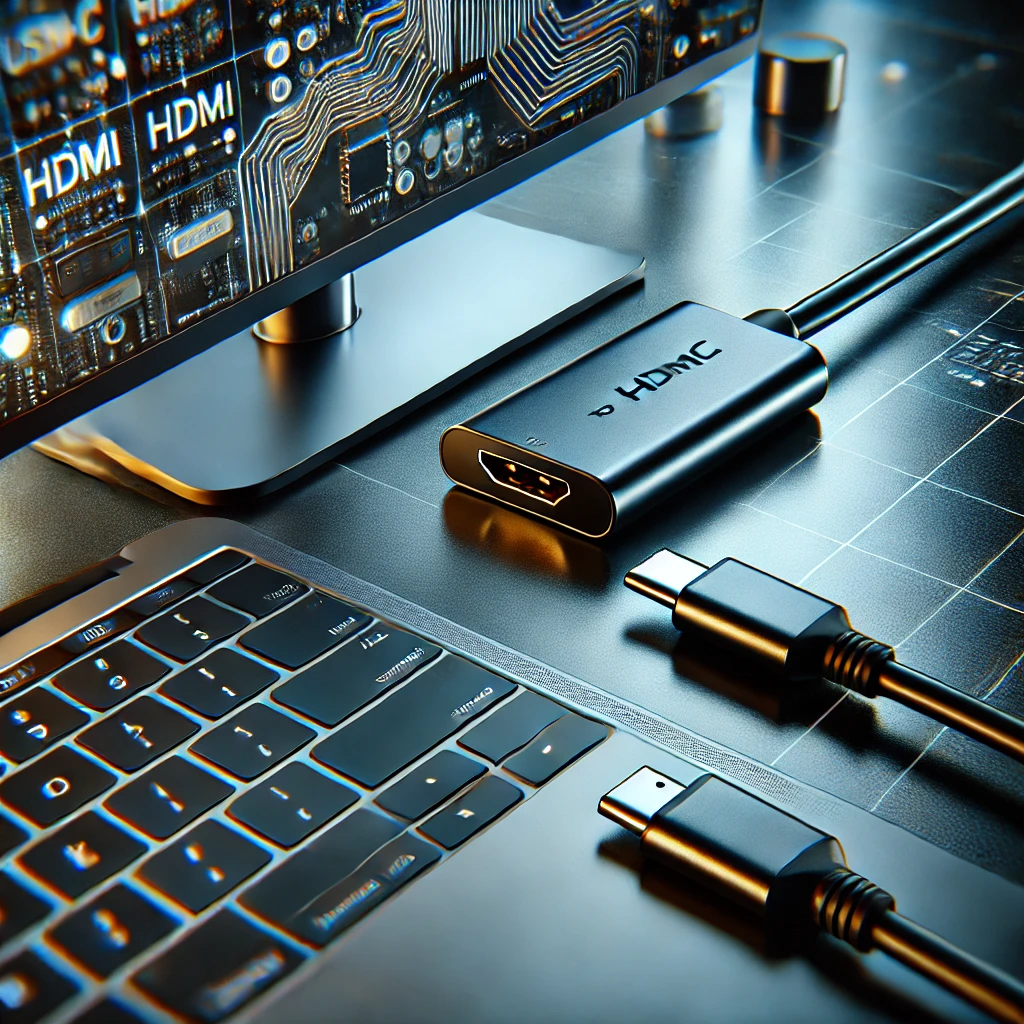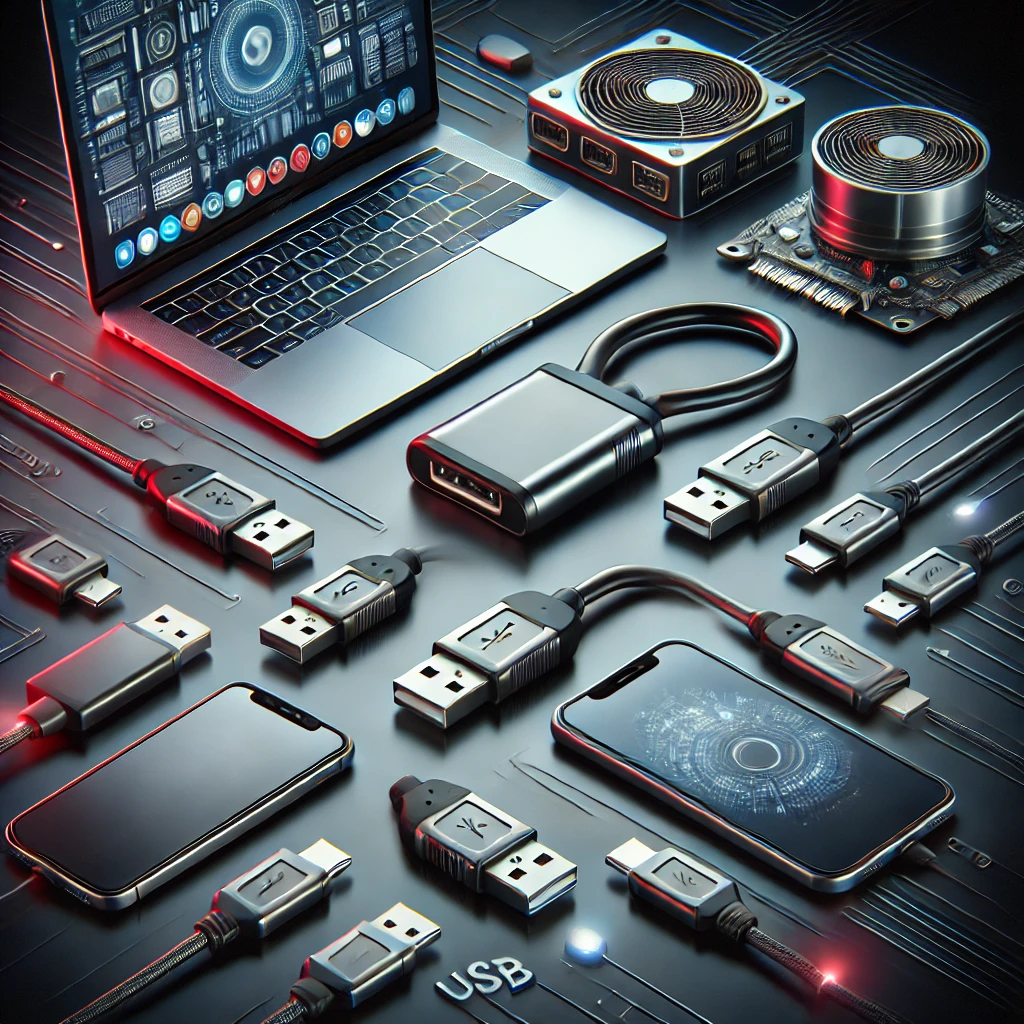In an age where technology evolves rapidly, adapters have become essential tools for connecting various devices. However, the terminology associated with adapters can be confusing, especially for those who are new to the tech world. Understanding adapter jargon is crucial for making informed decisions when purchasing or using these devices. This article serves as a comprehensive guide to common adapter terminology, demystifying the language of adapters and empowering you to navigate your tech needs with confidence.
Key Adapter Terminology
1. Connector Types
Definition: Connector types refer to the physical interfaces on adapters that allow devices to connect.
- USB (Universal Serial Bus): A standard for connecting devices, commonly used for data transfer and charging. Variants include USB-A, USB-B, USB-C, and Micro-USB.
- HDMI (High-Definition Multimedia Interface): Used for transmitting high-definition video and audio from devices like computers, TVs, and gaming consoles.
- VGA (Video Graphics Array): An older analog standard for video output, often used in legacy devices.
- DisplayPort: A digital display interface that supports high resolutions and refresh rates, commonly found in modern monitors and PCs.
2. Signal Formats
Definition: Signal formats refer to the types of data that adapters can transmit.
- Analog Signals: Continuous signals that represent varying information, typically associated with older technologies like VGA.
- Digital Signals: Discrete signals that convey information in binary form, commonly used in HDMI and DisplayPort connections.
3. Data Transfer Rates
Definition: Data transfer rates indicate how quickly data can be transmitted through an adapter, measured in megabits per second (Mbps) or gigabits per second (Gbps).
- Example: USB 3.0 supports data transfer rates of up to 5 Gbps, while USB 3.1 can reach speeds of 10 Gbps.
4. Compatibility
Definition: Compatibility refers to the ability of an adapter to work seamlessly with specific devices and formats.
- Backward Compatibility: This indicates that a newer adapter can support older technology. For example, a USB-C adapter can often connect to USB 3.0 and USB 2.0 devices.
- Forward Compatibility: Less common, this refers to older devices being able to work with newer technologies.
5. Power Delivery (PD)
Definition: Power Delivery is a protocol that allows devices to deliver higher levels of power through USB connections, enabling faster charging and data transfer.
- Example: USB-C with Power Delivery can provide up to 100W of power, allowing laptops and other devices to charge rapidly.
6. Alternate Modes
Definition: Alternate modes allow USB-C connections to transmit non-USB signals, such as video or audio.
- Example: USB-C can be used to connect to HDMI or DisplayPort displays, providing versatility in connecting various devices.
7. Active vs. Passive Adapters
Definition: This distinction refers to how adapters process signals.
- Active Adapters: These adapters contain circuitry that converts signals from one format to another, allowing for better performance over longer distances. For instance, an active HDMI to VGA adapter.
- Passive Adapters: These rely on the inherent compatibility of the connected devices and do not contain additional circuitry. An example is a simple USB-C to USB-A adapter.
Tips for Using Adapter Terminology
- Familiarize Yourself with Common Terms: Take the time to learn the basics of adapter terminology. Knowing the terms will help you understand product descriptions and specifications better.
- Ask Questions: If you encounter terms you don’t understand while shopping for adapters, don’t hesitate to ask sales representatives or seek clarification online.
- Research Before Purchasing: Understanding the jargon can prevent confusion and ensure you choose the right adapter for your specific needs. Read reviews and product specifications to ensure compatibility.
- Stay Updated: As technology evolves, new terms and standards may emerge. Keeping up-to-date with industry news can help you stay informed about the latest developments in adapter technology.
Conclusion: Empowering Your Tech Experience
Decoding adapter jargon is essential for anyone looking to navigate the world of technology effectively. By understanding the key terms associated with adapters, you can make informed decisions, ensuring that your devices connect seamlessly and perform optimally.
As technology continues to advance, being equipped with knowledge will empower you to embrace new innovations confidently. If you have questions or want to share your experiences with adapter technology, feel free to leave a comment below! Empower yourself with understanding, and enhance your connectivity experience today!
Related Articles:
- Mastering Adapters: Tips for Proper Use and Maintenance
- Adapters 2.0: Navigating the Future of Connectivity
- Decoding Adapter Jargon: A Beginner’s Guide to Adapter Terminology
- Navigating the Adapter Maze: Tips for Choosing the Perfect Fit
- Demystifying Adapters: Debunking Common Misconceptions
- Unlocking Possibilities: The Advantages of Adapters in the Tech World
- Decoding the Magic: How Adapters Make Tech Speak the Same Language
- Adapters Through the Ages: A Journey from Analog to Digital
- Adapters Through the Ages: A Journey of Technological Evolution
- Adapters: The Unsung Heroes of Connectivity



